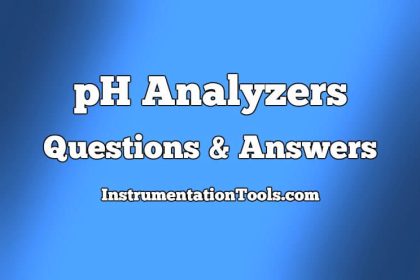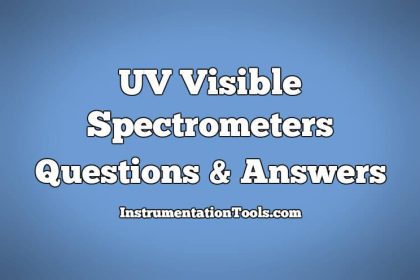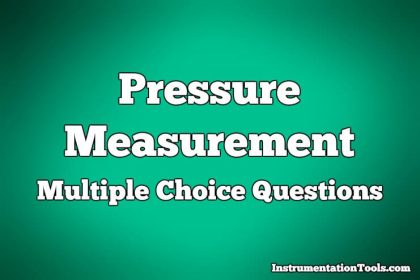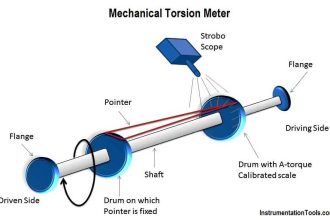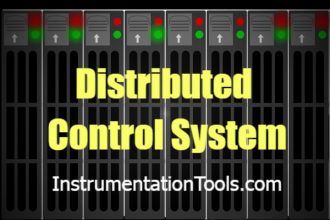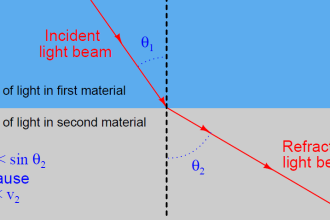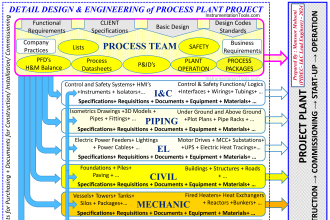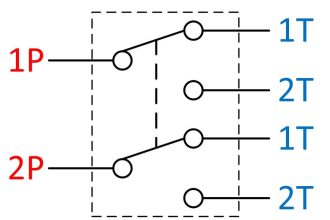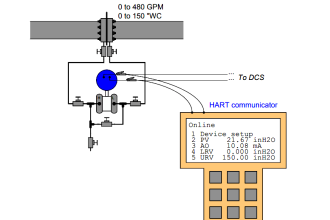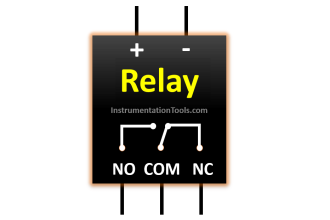Time Domain Analysis MCQ
1. The system with the open loop transfer function 1/s(1+s) is:
a) Type 2 and order 1
b) Type 1 and order 1
c) Type 0 and order 0
d) Type 1 and order 2
Answer: d
Explanation: Type is defined as the number of poles at origin and order is defined as the total number of poles and this is calculated with the help of the transfer function from the above transfer function the type is 1 and order is 2.
2. The identical first order system have been cascaded non-interactively. The unit step response of the systems will be:
a) Overdamped
b) Underdamped
c) Undamped
d) Critically damped
Answer: d
Explanation: Since both the systems that is the first order systems are cascaded non-interactively, the overall unit step response will be critically damped.
3. A third order system is approximated to an equivalent second order system. The rise time of this approximated lower order system will be:
a) Same as the original system for any input
b) Smaller than the original system for any input
c) Larger than the original system for any input
d) Larger or smaller depending on the input
Answer: b
Explanation: As order of the system increases the system approaches more towards the ideal characteristics and if the third order system is approximated to an equivalent second order system then the rise time of this will be smaller than the original system for any input.
4. A system has a single pole at origin. Its impulse response will be:
a) Constant
b) Ramp
c) Decaying exponential
d) Oscillatory
Answer: a
Explanation: For a single pole at origin the system is of type 1 and impulse response of the system with single pole at the origin will be constant.
5. When the period of the observation is large, the type of the error will be:
a) Transient error
b) Steady state error
c) Half-power error
d) Position error constant
Answer: b
Explanation: The error will be the steady state error if the period of observation is large as the time if large then the final value theorem can be directly applied.
6. When the unit step response of a unity feedback control system having forward path transfer function G (s) =80/s(s+18)?
a) Overdamped
b) Critically damped
c) Under damped
d) Un Damped oscillatory
Answer: a
Explanation: The open loop transfer function is first converted into the closed loop as unity feedback is used and then value of damping factor is calculated.
7. With negative feedback in a closed loop control system, the system sensitivity to parameter variation:
a) Increases
b) Decreases
c) Becomes zero
d) Becomes infinite
Answer: b
Explanation: Sensitivity is defined as the change in the output with respect to the change in the input and due to negative feedback reduces by a factor of 1/ (1+GH).
8. An underdamped second order system with negative damping will have the roots :
a) On the negative real axis as roots
b) On the left hand side of complex plane as complex roots
c) On the right hand side of complex plane as complex conjugates
d) On the positive real axis as real roots
Answer: c
Explanation: An underdamped second order system is the system which has damping factor less than unity and with negative damping will have the roots on the right hand side of complex plane as complex conjugates.
9. Given a unity feedback system with G (s) =K/ s (s+4). What is the value of K for a damping ratio of 0.5?
a) 1
b) 16
c) 4
d) 2
Answer: b
Explanation: Comparing the equation with the standard characteristic equation gives the value of damping factor, natural frequency and value of gain K.
10. How can the steady state error can be reduced?
a) By decreasing the type of the system
b) By increasing system gain
c) By decreasing the static error constant
d) By increasing the input
Answer: d
Explanation: Steady state error is the error as it is the difference between the final output and the desired output and by increasing the input the steady state error reduces as it depends upon both the states and input.
